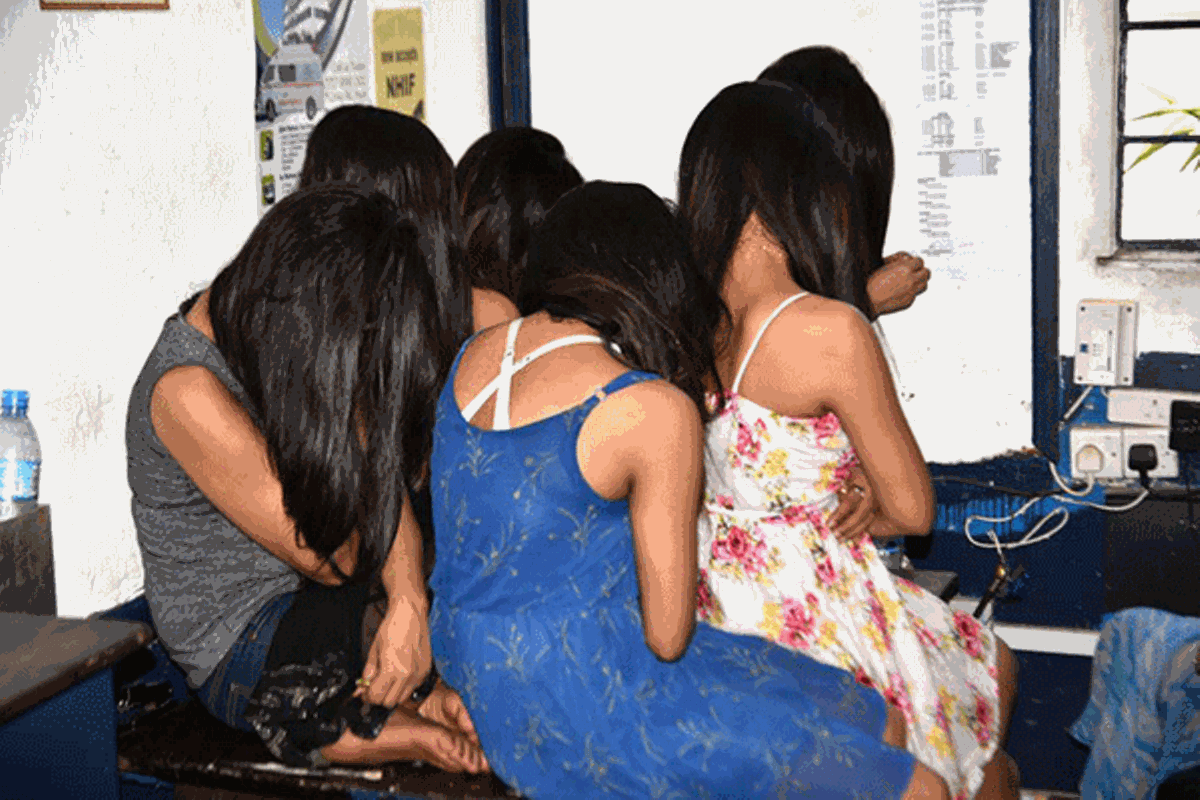There was a compelling global resolution to terminate international sex trafficking by the European regulation consensus in 1899.
A congress was held in London, the UK, in the hope of attaining a comprehensive pact to eliminate sex trafficking. It was followed by conferences in Amsterdam, Netherlands, in 1901, London once more in 1902, and Paris, France, in 1904.
In 1919, after the end of the monolithic World War I, the newly formed League of Nations appointed an official body to gather facts pertaining to the trafficking of women. Subsequently, in 1921, at a conference held in Geneva, Switzerland, that was attended by representatives from 34 countries, it formed the committee combating the Trafficking of Women and Children.
According to Human Trafficking in Eastern Africa by the International Organisation for Migration, the UN adopted and reinforced the work of the Geneva committee in 1946 after the end of World War II. Three years later on December 2, 1949, the Convention for Suppression of the Traffic in Persons and Exploitation of Commercial Sex Workers was ratified by 72 nations, including Kenya.
Despite being a signatory to this convention, the abhorrent escalation of sex trafficking has resulted in Kenya becoming a principal source, transit and destination for women being trafficked for sexual exploitation. In 2003, efforts to eliminate Kenya’s sex trafficking had regressed so corrosively. Kenya was placed on the Tier 2 Watch List, because of its lack of evidence in combating human trafficking.
The ineptitude of law enforcement and incompetence of authorities have predominantly impeded the proficiency of the government’s ability to effectively confront and dismantle the trafficking of women. Trafficking of women from Kenya to Europe is expertly organised.
Traffickers recruit women from impoverished remote areas and urban centres that provide an unending conveyor belt of victims. They approach their potential recruits calculatedly with convincing charm and a flush of seductive elements of manipulation.
Preying on each victim’s desperation, naivety, and articulating definitive answers to their inquisitions, while building trust. They emphatically promise their victims lucrative jobs overseas, while feeding them with a steady diet of misinformation and fallacy. The affiliates of the syndicates subsequently make all travel arrangements for the women, with the understanding that they will be reimbursed once the victims begin working.
They discreetly forge travel documents for the victims and the majority of them end up in Germany, which accounts for 48 per cent of trafficked persons in Europe and the UK, which accounts for 32 per cent. Ironically, repressive government bureaucrats are always in cahoots with traffickers, helping to accelerate the supply of false documentation at a fee as they validate the immorality of the traffickers.
While in Europe, the victims are averted to European traffickers, who in compensation, pay Kenyan traffickers three times the total costs of travel expenses. The European traffickers then disburse the victims to bars and nightclubs.
At this juncture, European bar and club owners pay European agents 12 times the amount the agents have paid to Kenyan traffickers. The bar and club owners furthermore multiply the amount they paid to the European agents by 1.5 when calculating the total amount of debt each victim has to reimburse them.
It is the victim, who, therefore, bears the inflated liability of the entire transaction, which amounts to 54 times the total cost of the travel arrangements paid by the Kenyan traffickers. In addition to the enormous debt, the victims are exploited within the complex human trafficking network.
There is no regulatory legal framework through which to pay the incurred debt. Therefore, travel documentation is withheld by the nightclubs and bars as collateral, until the debt is paid.
This often takes years and in some cases over a decade, an embodiment of modern-day slavery. Most trafficked Kenyan women enter Germany and the UK through Eastern European countries, including Poland, Hungary, Bulgaria, Romania, Czech Republic, Moldova and Croatia, under forged student visas. The European agents then arrange to transfer them to their final destinations.
The victims are essentially provided with forged travel documentation, facilitated by the European agents. At this stage, the trafficked women enter Germany or the UK on short-stay, transit or tourist visas, as they are the simplest type of visas to obtain from Eastern European nations. The visa doesn’t authorise the holder to engage in income-generating activities while in Germany and Britain.
This implies that the victims are under entrapment and will be unable to access decent legal occupation if they escape from captivity. They work in the clubs and bars and thus enjoy no legal protection. Consequently, they tolerate more mistreatment and sexual abuse while persevering with dire working conditions, for fear of arrest, if exposed by law enforcers.
The victims are both physically and psychologically subjected to a severe tyranny of abuse. The bar and club owners exploit their vulnerability and make excessive profits. They are forced into prostitution and offer sexual services to nightclubs and bar clients while receiving no pay. They are only provided with food and a place to stay and in several establishments, these daily meals and accommodation liabilities are accrued onto their debt.
The writer is a novelist, Big Brother Africa 2 Kenyan representative and founder of Jeff’s Fitness Centre (@jeffbigbrother).


